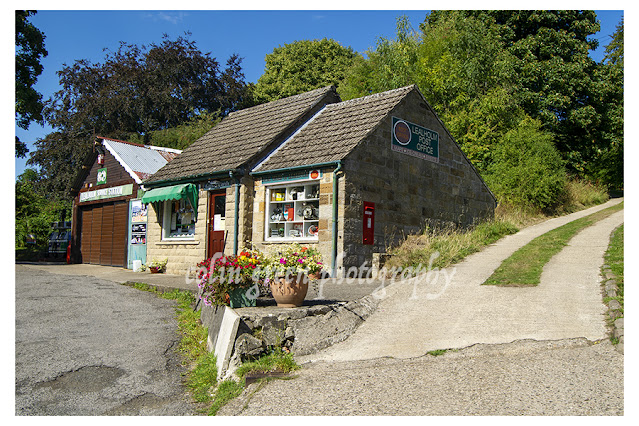Venice is a city of magic and myth, and at its heart lies a symbol of its enduring spirit: the Rialto Bridge. More than just a crossing, this majestic stone arch is a bustling marketplace, a historical landmark, and a testament to centuries of resilience. It is the oldest of the four bridges to span the legendary Grand Canal, and its story is one of innovation, collapse, and ultimate triumph.
A Bridge of Many Lives
The bridge you see today is actually the culmination of a long and dramatic history. The very first crossing at this narrow point of the Grand Canal was a modest pontoon bridge, the Ponte della Moneta, built in 1181. It was a simple, practical solution to connect the growing districts of San Marco and San Polo.
As Venice’s commerce boomed, particularly with the thriving Rialto market nearby, a more substantial crossing was needed. In 1255, the pontoon bridge was replaced by a wooden structure that, remarkably, featured a movable platform in the middle to allow tall ships to pass. It was this bridge that first housed shops whose rents helped fund the bridge's maintenance. The name was also changed to "Rialto," a nod to the nearby market and the heart of Venetian trade.
However, the wooden bridges were fragile. They were repeatedly damaged by fire—notably during a failed coup attempt by Bajamonte Tiepolo in 1310—and twice collapsed entirely. The most spectacular collapse was in 1444, when it buckled under the weight of a huge crowd celebrating the wedding procession of the Marquis of Ferrara.
The Birth of a Masterpiece
After yet another collapse in 1524, Venetian authorities decided a stone bridge was the only way forward. In 1551, they launched a competition, attracting proposals from the greatest architects of the day, including Michelangelo and Palladio. Yet, it was the bold design by Antonio da Ponte that won. His plan for a single-span arch was revolutionary and, to many, terrifyingly ambitious. Skeptics predicted it would collapse, but the design’s practicality and elegance convinced the city.
Work began in 1588 and, thanks to a staggering feat of engineering, was completed just three years later. To support the immense weight of the stone arch and its shops, over 6,000 timber piles were driven into the soft Venetian mud on each side. The result was a bridge of immense strength and beauty, a landmark that defied its critics and has stood firm for over 400 years.
A Living, Breathing Landmark
The Rialto Bridge is a marvel of both architecture and function. Spanning 31.8 meters with a height of 7.32 meters and a width of 22.9 meters, it's an imposing presence. But what truly makes it unique is its inner life. Two arcades of shops run along its length, selling everything from traditional Venetian crafts to high-end jewelry. A central pathway of steps, flanked by these bustling shops, leads to two panoramic viewpoints at the very top. These offer stunning, unobstructed views of the Grand Canal, with its constant procession of gondolas, vaporetto water buses, and historic palaces. Walking across the Rialto Bridge today is to be part of a continuous, living history. You can feel the echoes of merchants trading, lovers meeting, and artists drawing inspiration from its majestic form. It's not just a way to get from San Marco to San Polo; it’s an essential part of the Venetian experience, connecting its past, present, and future.
Please take a moment to share this post, follow me on social media, and explore my work on Clickasnp and Photo4Me using the links below. Your support means a lot!
All the pictures remain the copyright of Colin Green.





























































